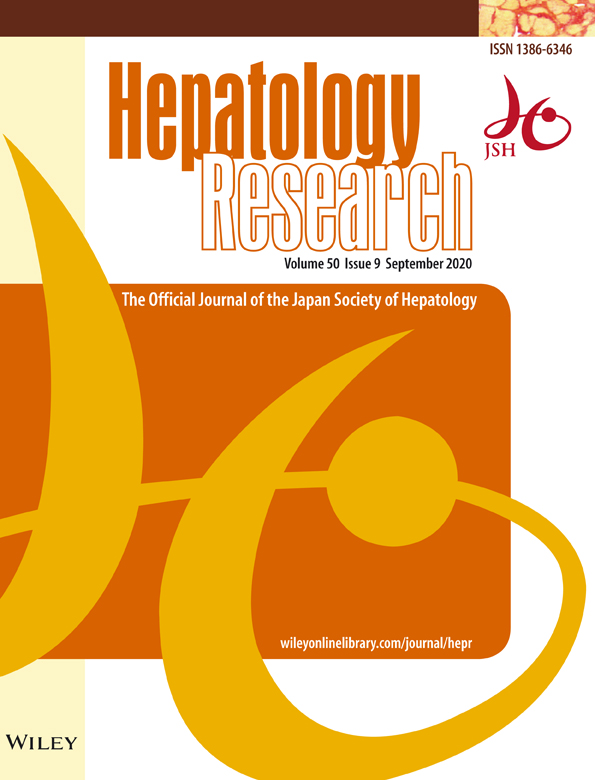Clinical and anthropometric characteristics of non-obese non-alcoholic fatty liver disease subjects in Japan
Conflict of interest: The authors have no conflict of interest.
Abstract
Aim
The underlying mechanism of non-obese non-alcoholic fatty liver disease (NAFLD) has not been fully elucidated. We classified patients with NAFLD by sex and body mass index and compared their clinical features to clarify the background pathophysiology of non-obese NAFLD.
Methods
A total of 404 patients with NAFLD were divided according to their body mass index (<25 [non-obese], 25 to <30 [obese], and ≥30 [severe obese]), and were further compared with 253 patients without obesity and NAFLD (non-NAFLD).
Results
The proportion of the individuals with non-obese NAFLD was 25.7% in men and 27.6% in women. The male and female non-obese NAFLD groups had lower skeletal muscle mass and muscle strength than the obese NAFLD groups. The visceral fat area, although low, was ≥100 cm2 in 59.3% of men and 43.8% of women. An increase in liver fat accumulation, hepatic fibrosis, homeostasis model assessment of insulin resistance, and leptin levels was modest in the non-obese NAFLD group compared with a marked increase in the obese NAFLD groups. The muscle mass of the non-obese NAFLD group was similar to that of the non-NAFLD group, but muscle steatosis was particularly common among women. Multivariate analysis revealed that the factors contributing to increased liver fat accumulation in the non-obese NAFLD group were visceral fat area, HbA1c, myostatin, and leptin.
Conclusions
In patients with non-obese NAFLD, a sex difference was observed in the clinical features. In addition to increased visceral fat, decreased muscle mass and muscle strength, muscle atrophy (presarcopenia), and impaired glucose tolerance were considered to be important pathophysiological factors.




